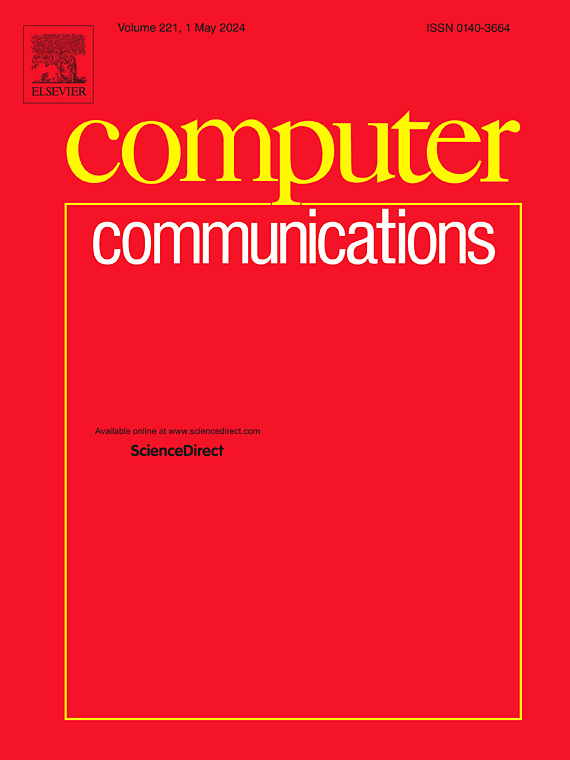A deep reinforcement learning-based UAV-smallcell system for mobile terminals geolocalization in disaster scenarios
IF 4.5
3区 计算机科学
Q1 COMPUTER SCIENCE, INFORMATION SYSTEMS
引用次数: 0
Abstract
Deep reinforcement learning (DRL) techniques have the potential to significantly improve the ability of Unmanned Aerial Vehicles (UAVs) for mobile device localization in disaster scenarios by optimizing flight paths and enhancing signal detection accuracy using Reference Signal Received Power (RSRP) measurements. DRL allows UAVs to learn optimal navigation strategies autonomously in dynamic and complex environments, leading to more efficient and accurate localization of mobile devices. The integration between UAVs and 4G/5G technology allows for more accurate and timely localization of mobile devices under the rubble, thereby improving the overall effectiveness of the system. Smallcells, low-power cellular base stations, are used to enhance coverage and capacity. In this study, we propose a DRL-based UAV-Smallcell system that can quickly and efficiently localize devices in large disaster areas. The performance of the proposed system is evaluated through an extensive simulation campaign to demonstrate that our approach significantly improves the effectiveness of mobile device localization compared to other state-of-the-art approaches.
基于深度强化学习的无人机-小单元系统灾害场景下移动终端地理定位
深度强化学习(DRL)技术有可能通过优化飞行路径和使用参考信号接收功率(RSRP)测量提高信号检测精度,显著提高无人机(uav)在灾难场景中移动设备定位的能力。DRL允许无人机在动态和复杂环境中自主学习最佳导航策略,从而更有效和准确地定位移动设备。无人机与4G/5G技术之间的集成允许更准确和及时地定位瓦砾下的移动设备,从而提高系统的整体有效性。小型蜂窝,即低功率蜂窝基站,用于增强覆盖范围和容量。在这项研究中,我们提出了一种基于drl的无人机-小单元系统,可以快速有效地定位大型灾区的设备。通过广泛的模拟活动评估了所提议系统的性能,以证明与其他最先进的方法相比,我们的方法显着提高了移动设备定位的有效性。
本文章由计算机程序翻译,如有差异,请以英文原文为准。
求助全文
约1分钟内获得全文
求助全文
来源期刊

Computer Communications
工程技术-电信学
CiteScore
14.10
自引率
5.00%
发文量
397
审稿时长
66 days
期刊介绍:
Computer and Communications networks are key infrastructures of the information society with high socio-economic value as they contribute to the correct operations of many critical services (from healthcare to finance and transportation). Internet is the core of today''s computer-communication infrastructures. This has transformed the Internet, from a robust network for data transfer between computers, to a global, content-rich, communication and information system where contents are increasingly generated by the users, and distributed according to human social relations. Next-generation network technologies, architectures and protocols are therefore required to overcome the limitations of the legacy Internet and add new capabilities and services. The future Internet should be ubiquitous, secure, resilient, and closer to human communication paradigms.
Computer Communications is a peer-reviewed international journal that publishes high-quality scientific articles (both theory and practice) and survey papers covering all aspects of future computer communication networks (on all layers, except the physical layer), with a special attention to the evolution of the Internet architecture, protocols, services, and applications.
 求助内容:
求助内容: 应助结果提醒方式:
应助结果提醒方式:


